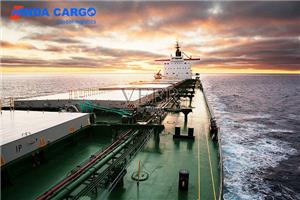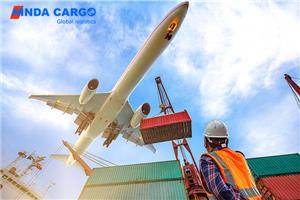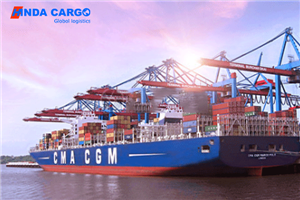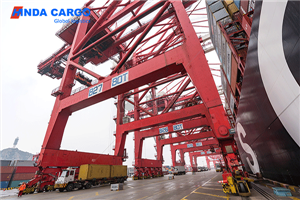Does DDP apply to air or sea transport?
DDP (Delivered Duty Paid) is a common trade term that requires the seller to bear all costs and responsibilities from the exporting country to the importing country, including transportation, insurance, tariffs and VAT.
This article will explore whether DDP terms apply to air or sea transport, and analyze in detail the advantages and disadvantages of the two modes of transportation, applicable scenarios, and key points of operation under DDP terms to help companies make more informed choices in actual operations.
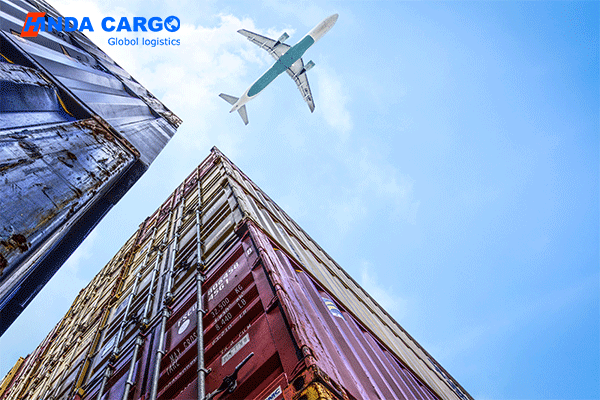
What is DDP?
DDP (Delivered Duty Paid): Under the DDP terms, the seller bears all costs and responsibilities until the goods are delivered to the destination specified by the buyer. This includes inland transportation, export customs clearance, international transportation, import customs clearance, payment of tariffs and VAT, etc. In other words, the seller is responsible for all matters during the entire transportation process, and the buyer only needs to receive the goods after they arrive.
Division of responsibilities for DDP:
1. Seller: Responsible for all transportation links, including inland transportation, export customs clearance, international transportation, import customs clearance, payment of tariffs and VAT, and inland transportation at the destination, to ensure that the goods are delivered safely and on time to the buyer's designated location.
2. Buyer: Only responsible for receiving the goods after they arrive, without any responsibility and cost during transportation.
3. Risk transfer: Under the DDP terms, the seller bears all risks from the starting point to the end point until the goods are delivered to the buyer. The risk transfer point is when the goods arrive at the final delivery location specified by the buyer.
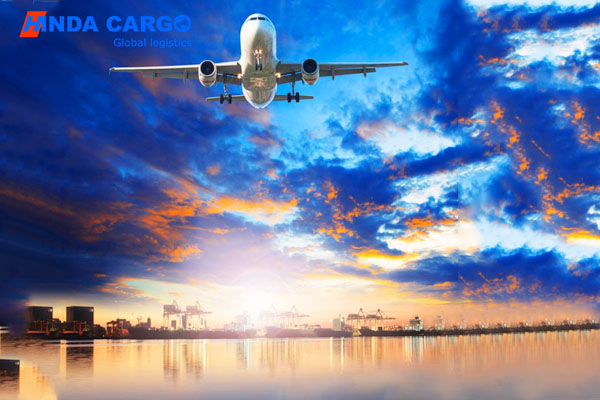
Basic characteristics of air and sea transportation
Air transportation: Air transportation is a fast and efficient mode of transportation, suitable for the transportation of goods with high timeliness requirements.
● The main characteristics of air transportation include:
1. Fast speed: The biggest advantage of air transportation is speed, which can deliver goods to all parts of the world in a short time.
2. High cost: Air transportation costs are relatively high, especially for large or heavy goods.
3. Applicable goods: Applicable to high-value, urgent or time-sensitive goods, such as electronic products, pharmaceuticals, fashion products, etc.
Sea transportation: Sea transportation is a low-cost but long-time mode of transportation, suitable for large quantities and heavy goods.
● The main characteristics of sea transportation include:
1. Low cost: Sea transportation costs are relatively low, especially for large-volume transportation.
2. Long time: Ocean freight takes a long time to transport, usually taking several weeks or even months.
3. Applicable goods: Applicable to goods that are not urgently needed, large in size, and heavy in weight, such as industrial raw materials, machinery and equipment, bulk commodities, etc.
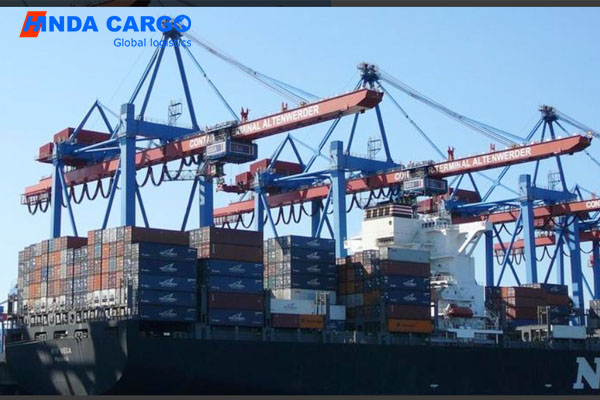
What is the difference between air freight and ocean freight under DDP terms?
★DDP and air freight:
When choosing air freight under DDP terms, the seller shall bear all costs and responsibilities from the departure point to the destination. The fast nature of air freight can ensure the timely delivery of goods, especially for goods with high timeliness requirements. However, the high cost of air freight is an important factor that sellers need to consider.
● Advantages:
Fast speed: It can meet urgent orders and high timeliness requirements and improve customer satisfaction.
Reduced inventory pressure: Fast transportation reduces the risk of inventory backlog and optimizes supply chain management.
● Disadvantages:
High cost: Air freight is expensive, especially when transporting large or heavy goods, the seller needs to bear high transportation costs.
Volume and weight restrictions: Air freight has strict restrictions on the volume and weight of goods, and is not suitable for bulk cargo transportation.
★DDP vs. Ocean Freight:
When choosing ocean freight under the DDP terms, the seller also bears all costs and responsibilities from the departure point to the destination. The low-cost nature of ocean freight makes it an ideal choice for large-volume cargo transportation, but the longer transportation time may affect the timely delivery of the goods.
● Advantages:
Low cost: suitable for bulk cargo transportation, low unit transportation cost, and the seller can control the overall transportation cost.
Wide range of applications: able to transport various types of goods, including large and heavy items.
● Disadvantages:
Long time: Long transportation time may lead to delayed delivery and affect the buyer's production and sales plans.
High risk: There are greater risks during transportation, including damage and loss of goods, and the seller needs to do adequate insurance and risk management.
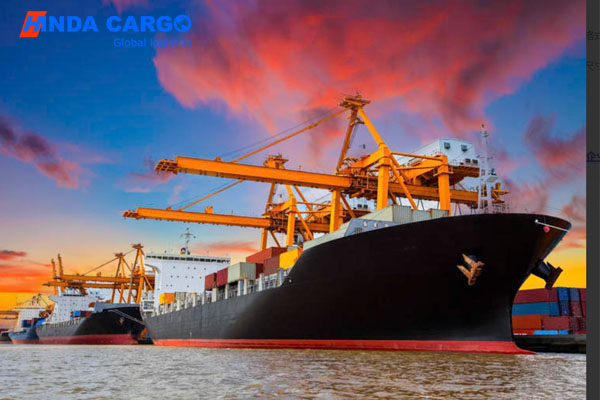
Summary
DDP terms provide great convenience for buyers in international trade, and the seller bears all costs and responsibilities from the starting point to the destination. Air transportation is suitable for high-value and time-sensitive goods, but the cost is higher; ocean freight is suitable for large quantities and heavy goods, with low costs but long time.
Regardless of whether air or sea freight is chosen, the seller must make detailed cost accounting, risk management and customs clearance preparations under the DDP terms to ensure that the goods are delivered to the buyer safely and on time.
This article analyzes the advantages and disadvantages of air and sea freight and applicable scenarios under the DDP terms in detail, hoping to provide a reference for enterprises in international trade operations and help them make more informed decisions in the complex and changing international market.

